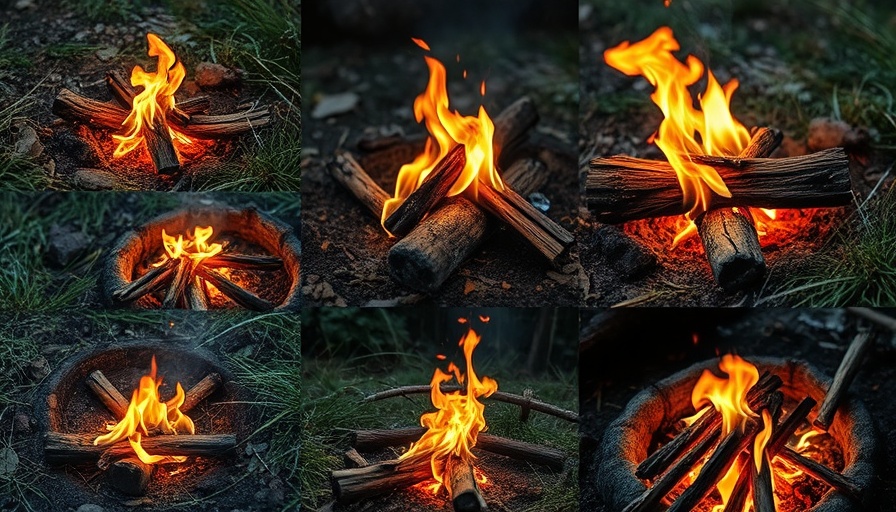
Understanding the Key Differences Between Ham and CB Radios
As communication technology evolves, the debate between Ham and CB radios remains relevant, especially for those venturing into the world of radio communications. If you're someone who's keen to connect with neighbors, travel buddies, or even engage in emergency communications, understanding the differences between these two popular radio types is essential.
Licensing: A Major Gateway
One of the most significant distinctions between Ham (Amateur) and CB (Citizens Band) radios lies in licensing requirements. CB radios are alluring to beginners because they do not require any form of licensing; you can start using them right out of the box. On the other hand, Ham radios necessitate an FCC license, which can only be obtained by passing exams demonstrating technical proficiency and understanding of regulations. This requirement allows Ham radio operators to tap into a broader spectrum of frequencies and communicate over much longer distances.
Frequency Range: The Scope of Communication
The next critical factor is the frequency range: CB radios offer a limited scope, typically functioning on 40 channels within the 27 MHz range with a maximum power of 4 watts. While they are ideal for local communication, their range often capstones at 5-10 miles, depending on terrain. In contrast, Ham radios open up an expansive world by operating across various frequency bands, permitting communication even across continents. This feature makes Ham radios more appealing to those interested in more distant or emergency communications.
Transmission Power: The Amplification Advantage
When it comes to transmission power, CB radios are capped at 4 watts, limiting the strength of broadcasts. Ham radios, however, can reach up to 1500 watts of power, providing significantly improved signal strength and clarity. This capability is essential for long-distance operators and those engaged in activities such as emergency communications or experimentation.
Equipment Complexity: Choosing Your Gear
For individuals who prefer simplicity, CB radios are easier to use with less complex equipment. They are designed for straightforward use, fitting a DIY enthusiast’s profile without overwhelming technicalities. However, if you enjoy tinkering and have a passion for electronics, Ham radios might be more suitable; they allow for custom-built systems and configurations, providing a fulfilling experience.
Community and Communication Purpose
The community surrounding each type of radio also varies. CB radios are largely utilized by truck drivers, farmers, and travelers for shorter-range communication, with limited regulations that promote casual use. On the flip side, the Ham radio community is comprised of individuals committed to experimentation, technological progress, and emergency support. It’s not uncommon for Ham groups to organize support networks for disaster-response scenarios, showcasing the sense of camaraderie and purpose inherent in this platform.
Conclusion: Making the Right Choice for Your Radio Needs
In making a choice between Ham and CB radios, consider your communication needs and interests. If you require short-range solutions for fun and local conversations, CB radios are an excellent fit. However, if you’re eager to delve deeper into the world of radio communications, a Ham radio license opens an expansive range of possibilities. With either route, you're not merely utilizing a gadget; you're connecting with a broader community that thrives on communication.
Explore Your Radio Journey
Determining the right radio option could lead you to dive deeper into the exhilarating world of communications—whether it be for personal connection, emergency preparedness, or even engaging in engaging outdoor leadership with fellow enthusiasts. Embrace the adventure of exploring Ham or CB radios today, and discover what experiences await in your new communications journey!
 Add Row
Add Row  Add
Add 




 Add Row
Add Row  Add
Add 

Write A Comment